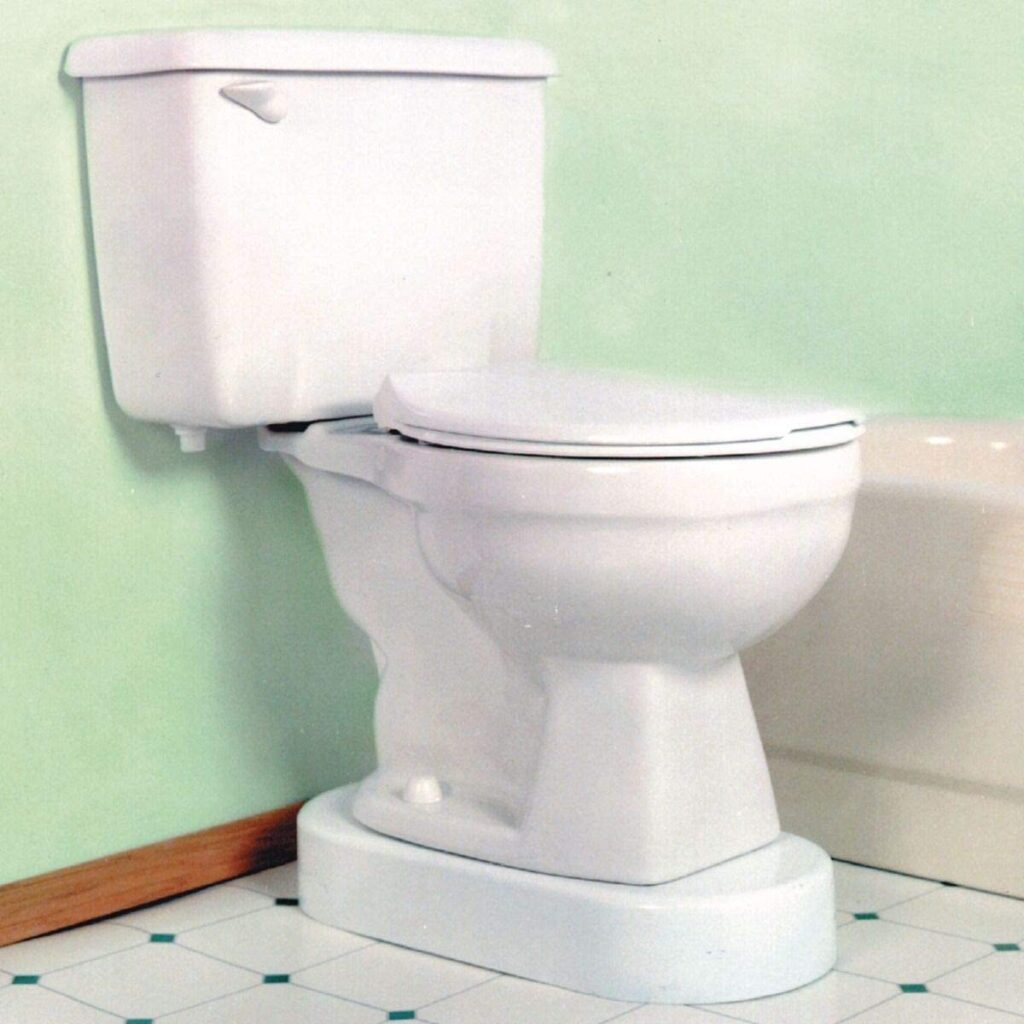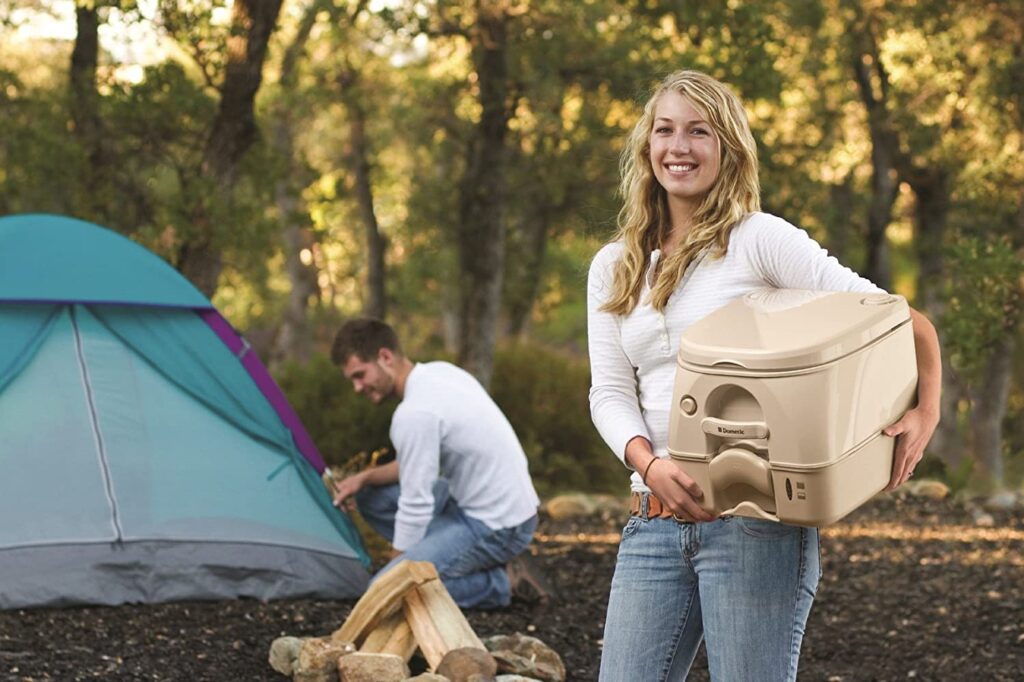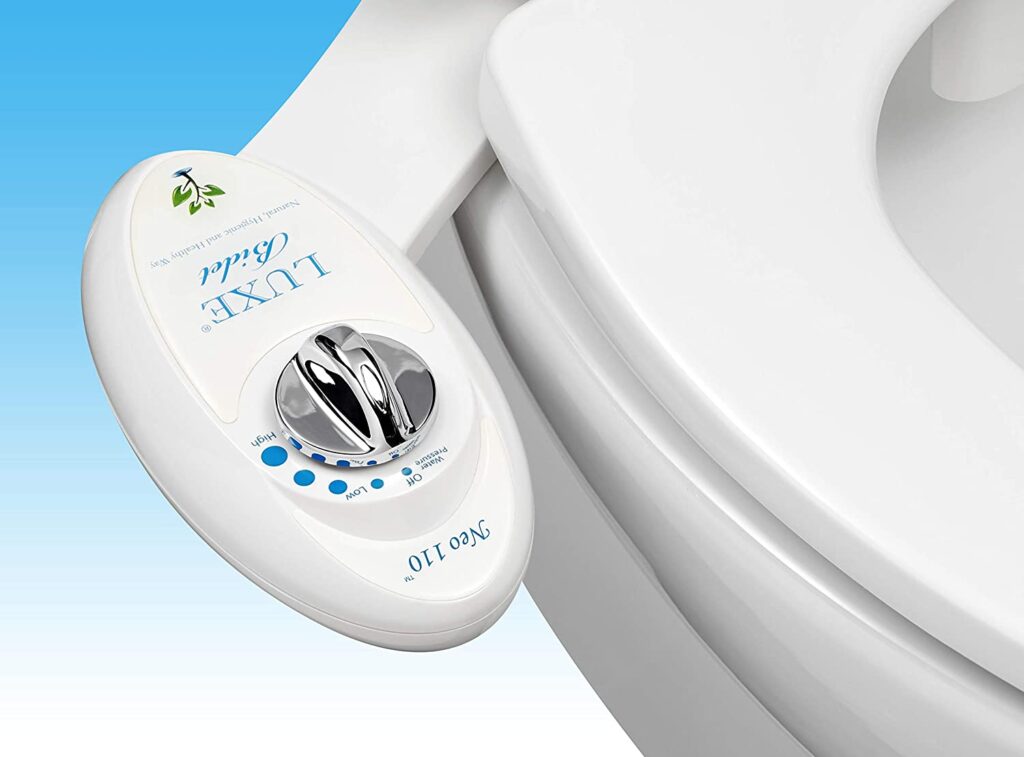Having your bathroom sink fill up with water on its own is both annoying and concerning. At first, it might seem like a small problem, but if you don’t address it, it can lead to bigger plumbing issues. If your sink is filling up by itself, it’s important to find out why. Ignoring it could cause water damage, expensive repairs, or even mold growth.
In this article, we’ll go over some common reasons this happens and give you simple solutions to fix it. Whether it’s a clogged drain or a faucet that’s not working right, we’ve got you covered. Let’s get into it and help you get your sink back to normal!
Table of Contents
1. Common Causes of a Bathroom Sink Filling with Water By Itself
If your bathroom sink keeps filling up with water on its own, it’s probably because of one of these common problems. Understanding what’s going on can help you figure out how to fix it.
1.1 Clogged Drain
A clogged drain is usually the main reason your sink fills up with water. Over time, soap scum, hair, and other stuff can build up inside the drain and block it partially. When this happens, water starts to back up and fills the sink instead of draining properly. If you’ve noticed your sink draining slowly, it’s a sign that a clog is forming. It’s best to deal with it now before the water completely backs up.
1.2 Malfunctioning Faucet
Sometimes, a broken faucet valve or handle can cause water to flow into the sink even when the faucet is off. If the valve is worn out or the handle is damaged, water can leak through the faucet. The problem is often with parts inside the faucet, like the washer or valve seat. When these parts wear out, they can’t make a good seal, and water starts to leak, causing the sink to fill up without you turning the faucet on.
1.3 Broken Sink Stopper
A broken or stuck sink stopper might also be causing the water to fill up. The stopper is meant to block the drain when you want to hold water in the sink (like when you’re washing your face). If the stopper is broken or stuck, it won’t open properly, trapping water in the sink. You can usually fix this by adjusting or replacing the stopper, but if the problem keeps happening, you might need more help.
1.4 Water Pressure Issues
If your home has high water pressure, it could be causing water to fill up in the sink. When the water pressure is too high, it can push water through your faucet even when it’s turned off, especially if the faucet or pipes are old or damaged. You might notice your faucet dripping or water rising in the sink for no reason. If your water pressure is above the recommended level (which is usually between 40-60 PSI), it can cause problems, including water overflowing in your sink.
1.5 Hidden Plumbing Leaks
Hidden plumbing leaks might be causing the water to rise in your sink too. Leaks in the pipes under the sink or in the drainage system can let water slowly seep into the sink, making it fill up over time. These leaks are hard to spot because they don’t always show up as visible water around the pipes. If your sink is filling up but you don’t see any obvious leaks, there’s a good chance you have a hidden leak. A plumber may need to check things out and fix the leak if it’s hard to find.
2. How to Identify the Cause of a Bathroom Sink Filling with Water
If your bathroom sink is filling up on its own, the first step is figuring out what’s causing it. Here are some easy ways to help you figure out the problem:
2.1 Observation of Flow
Pay attention to how fast the sink is filling up. This can give you a clue about what’s wrong.
-
Slow Fill: If the sink fills up slowly, it’s usually a sign that the drain is clogged. This could be because of soap scum, hair, or other stuff blocking the drain and causing water to back up.
-
Rapid Fill: If the sink fills up quickly or unexpectedly, there could be an issue with the faucet. A broken valve or seal might be letting water flow even when the faucet is off.
2.2 Inspecting the Faucet
Next, take a look at the faucet for any signs of water coming out:
-
Check if the faucet is dripping or if water keeps flowing even when it’s turned off. This often means there’s a problem with the valve or worn-out seals inside the faucet.
-
If you notice water leaking around the faucet’s base or handle, the issue is probably a faulty faucet valve that’s letting water sneak through.
2.3 Testing the Drain Stopper
The drain stopper could be the cause of the water buildup. Here’s how to check:
-
Try operating the stopper and see if it’s fully closing the drain. If the stopper is stuck, it might not close all the way, causing water to back up.
-
If the stopper doesn’t close properly or is hard to move, it might need a quick fix, like adjusting or replacing it, to stop the water from pooling in the sink.
2.4 Checking Water Pressure
High water pressure can cause all sorts of plumbing issues, including water filling up in your sink.
-
You can check your water pressure using a pressure gauge, which you can find at most home improvement stores. If the pressure is higher than it should be (usually between 40-60 psi), it might be causing leaks or overflowing in your sink.
-
If your pressure is too high, you may need to adjust the pressure regulator or get a new one to fix the issue.
2.5 Looking for Leaks
Leaks around your sink’s plumbing could also be the reason the water’s filling up. Here’s how to check for them:
-
Look under your sink at the pipes for any wet spots, drips, or signs of water damage. Even tiny leaks can cause water to leak out and slowly fill the sink.
-
If you spot any wet areas, check the pipes, seals, and fittings for damage. Finding leaks early can save you from bigger problems down the road.
3. How to Fix a Bathroom Sink Filling with Water by Itself
Now that you’ve figured out what’s causing the issue, it’s time to fix it. Here’s a step-by-step guide to help you take care of the problem:
3.1 Fixing a Clogged Drain
A clogged drain is one of the most common reasons for a sink filling up with water. Here’s how to clear it out:
-
Plunger: Start with a plunger. Place it over the drain and make sure it forms a tight seal. Pump it up and down to try to force the clog through.
-
Drain Snake: If the plunger doesn’t do the trick, a drain snake might help. Insert the snake into the drain and twist it to break up the clog. Then, slowly pull it out to remove the debris.
-
Baking Soda and Vinegar: For a natural fix, pour some baking soda down the drain, followed by vinegar. Let it sit for about 10-15 minutes, then flush it with hot water. This can help break up smaller blockages.
-
Chemical Drain Cleaners: If the clog’s still there, you can use a chemical drain cleaner. Just make sure to follow the instructions carefully. If it’s a tough clog, you might need a professional plumber to take care of it.
3.2 Repairing or Replacing the Faucet
If your faucet is the problem, here’s how to fix it:
-
Turn Off the Water Supply: First, turn off the water supply to the sink. This will stop any further leaks while you work on it.
-
Replace the Valve or Seals: If the valve or seals are worn out, you can replace them, or you might need to replace the whole faucet. Faucet repair kits are available, but if the faucet is really old or too damaged, it’s probably best to replace it completely.
-
Check for Loose Handles: Sometimes, loose faucet handles can cause water to flow when it shouldn’t. Tighten any loose screws or parts.
-
Install a New Faucet: If replacing just the valve or handle doesn’t solve the issue, you might need to install a whole new faucet. This is a bit trickier, so if you’re not sure, it might be a good idea to call in a professional plumber.
3.3 Fixing a Broken Sink Stopper
If the sink stopper is broken, here’s what you can do:
-
Unclog the Stopper: If the stopper is clogged, use a drain cleaner to clear out any debris that’s stopping it from moving properly.
-
Replace the Stopper: If the stopper is stuck or broken, you can usually replace it with a new one. Just remove the old stopper, measure the size to match the new one, and install it according to the instructions.
-
Adjust the Mechanism: If the stopper is misaligned and not sealing properly, you may need to adjust the linkage or tighten up any connections.
3.4 Addressing Water Pressure Issues
If high water pressure is causing the sink to fill up, here’s how to deal with it:
-
Install a Pressure Regulator: A water pressure regulator helps control the pressure and prevents damage to your pipes. If your home doesn’t have one, it’s worth installing one to keep things at a safe level.
-
Adjust the Regulator: If you already have a regulator, you may need to adjust it. Most pressure regulators have a screw you can turn to reduce the pressure to a more manageable level.
3.5 Handling Plumbing Leaks
If there’s a leak under your sink, here’s what to do:
-
Tighten Loose Connections: Check all the pipes under the sink for any loose connections. Use a wrench to tighten the nuts that are holding the pipes in place.
-
Replace Damaged Pipes: If you find a crack or hole in the pipe, you might need to replace it. This can involve cutting out the damaged section and installing a new pipe.
-
Seal Leaky Joints: For leaks around joints or connections, use plumber’s tape or pipe joint compound to seal them up.
4. Preventing Your Bathroom Sink from Filling with Water in the Future
Now that you’ve fixed the problem, let’s make sure it doesn’t happen again. Here are some simple tips to keep your sink and plumbing in good shape:
4.1 Regular Drain Maintenance
To keep your drain clear and avoid clogs, it’s important to do some regular maintenance. Here are a few easy ways to keep things running smoothly:
-
Use Natural Cleaners: Every few weeks, pour a mix of baking soda and vinegar down the drain. This helps break up soap scum, hair, and grease that can cause clogs. Let it sit for 15-20 minutes, then flush with hot water to clear things out.
-
Avoid Harsh Chemicals: Stay away from strong chemical cleaners. They can damage your pipes over time. Instead, use natural options that are gentler on your plumbing and better for the environment.
4.2 Check Faucet Components
Since faucets get used a lot, it’s important to check them regularly for wear and tear. Here’s what to look for:
-
Valve Leaks: Keep an eye out for dripping water or leaks around the valve, especially if your faucet has been in use for a while.
-
Handle Wear: If the handles are loose or hard to turn, it’s a good idea to tighten them or replace them.
-
Seal Condition: Check the seals around the faucet to make sure they’re not cracked or worn down. Replacing them before they break can help you avoid bigger problems down the road.
4.3 Proper Use of the Sink Stopper
The sink stopper holds water in the basin when you need it. To keep it working properly:
-
Check the Stopper’s Function: Make sure the stopper opens and closes correctly. If it gets stuck or doesn’t seal properly, it can cause water to back up in the sink.
-
Adjust the Linkage: If the stopper isn’t working right, try adjusting the linkage or tightening the connections to keep it running smoothly.
4.4 Water Pressure Control
Proper water pressure helps protect your sink and pipes from damage:
-
Install a Pressure Regulator: If your water pressure is too high, consider installing a pressure regulator. This will help keep the pressure at a safe level, preventing problems like leaking faucets or water buildup in the sink.
-
Monitor the Pressure: Pay attention to your home’s water pressure. If it goes above the normal range (usually 40-60 psi), adjust the regulator or ask a plumber to help make sure the pressure stays in check.
4.5 Routine Plumbing Inspections
Scheduling regular plumbing inspections is a smart way to catch problems early:
-
Look for Leaks: A professional plumber can check for hidden leaks under the sink or in the pipes. Catching leaks early can save you from bigger issues later.
-
Check for Weak Pipes: Over time, pipes can get weak or worn down. Regular inspections can spot any trouble spots before they cause real damage.
-
Inspect Water Flow: A plumber can also check your entire plumbing system to make sure everything is working properly and prevent future water problems.
5. When to Call a Professional Plumber
While many sink issues can be fixed with DIY solutions, there are times when it’s best to call in a pro. Here’s when you should get expert help:
Ongoing Problems
If the sink keeps filling with water no matter what you try, it might be time to call a plumber. Ongoing issues could point to bigger problems in your plumbing that need a professional to look at and fix.
Major Leaks or Water Damage
If you spot big leaks under the sink or in the pipes, or see water damage around your sink, don’t wait—call a plumber right away. Unnoticed leaks can lead to mold, water damage to your walls or cabinets, and even serious structural problems. If you notice your water bill suddenly going up, that could also mean there’s an undetected leak somewhere in your system.
Complicated Plumbing Problems
Some plumbing issues are more complicated than others. If you’re dealing with broken pipes, deep blockages, or problems that need special tools (like a camera inspection), a plumber will have the right equipment and knowledge to handle it. Trying to fix these yourself might make things worse or lead to bigger, more expensive problems down the road.
6. Conclusion
Dealing with a bathroom sink that fills with water on its own can be frustrating and worrying. It’s important to figure out what’s causing the problem and fix it quickly to avoid bigger plumbing issues or water damage. Whether it’s a clogged drain, a faulty faucet, or a broken stopper, tackling the root cause right away can save you time, money, and stress in the future.
By regularly maintaining your sink and plumbing—like cleaning drains, checking faucets, and scheduling plumbing inspections—you can help keep this issue from happening again. Simple things like making sure the sink stopper is working and watching your water pressure can go a long way in keeping your sink in good shape for the long haul.
If you’ve got a sink that fills with water by itself, use these tips to figure out what’s going on and fix it. Don’t wait—get your sink working properly today!
FAQ
Why does my bathroom sink fill with water by itself even though I didn’t leave the faucet on?
This could be because of a clogged drain, a broken sink stopper, or a problem with the faucet valve. If the faucet is broken or the stopper is stuck, it can cause water to fill up the sink, even when the faucet isn’t turned on.
Can a clogged drain cause the sink to fill with water?
Yes, a clogged drain is one of the most common reasons water backs up into the sink. If debris like hair, soap scum, or food builds up, it can slow down the drain, causing the sink to fill instead of draining properly.
How do I know if my sink stopper is broken or just stuck?
If your sink stopper doesn’t close properly or water starts to back up, it might be stuck or broken. Try moving the stopper manually—if it doesn’t move smoothly or doesn’t seal the drain fully, it might need to be fixed or replaced.
What should I do if the water pressure is too high in my bathroom sink?
High water pressure can cause problems with your faucet and plumbing. You can install a pressure regulator to keep the pressure between 40-60 psi. If the pressure is already too high, you might need to adjust or replace the regulator.
When should I call a plumber for a bathroom sink problem?
If you’ve tried fixing the problem but the sink keeps filling with water, or if you notice leaks, water damage, or complex plumbing issues you can’t handle, it’s time to call a plumber. They’ll be able to figure out what’s wrong and fix any deeper issues causing the problem.






